Top 10 interesting facts about owls
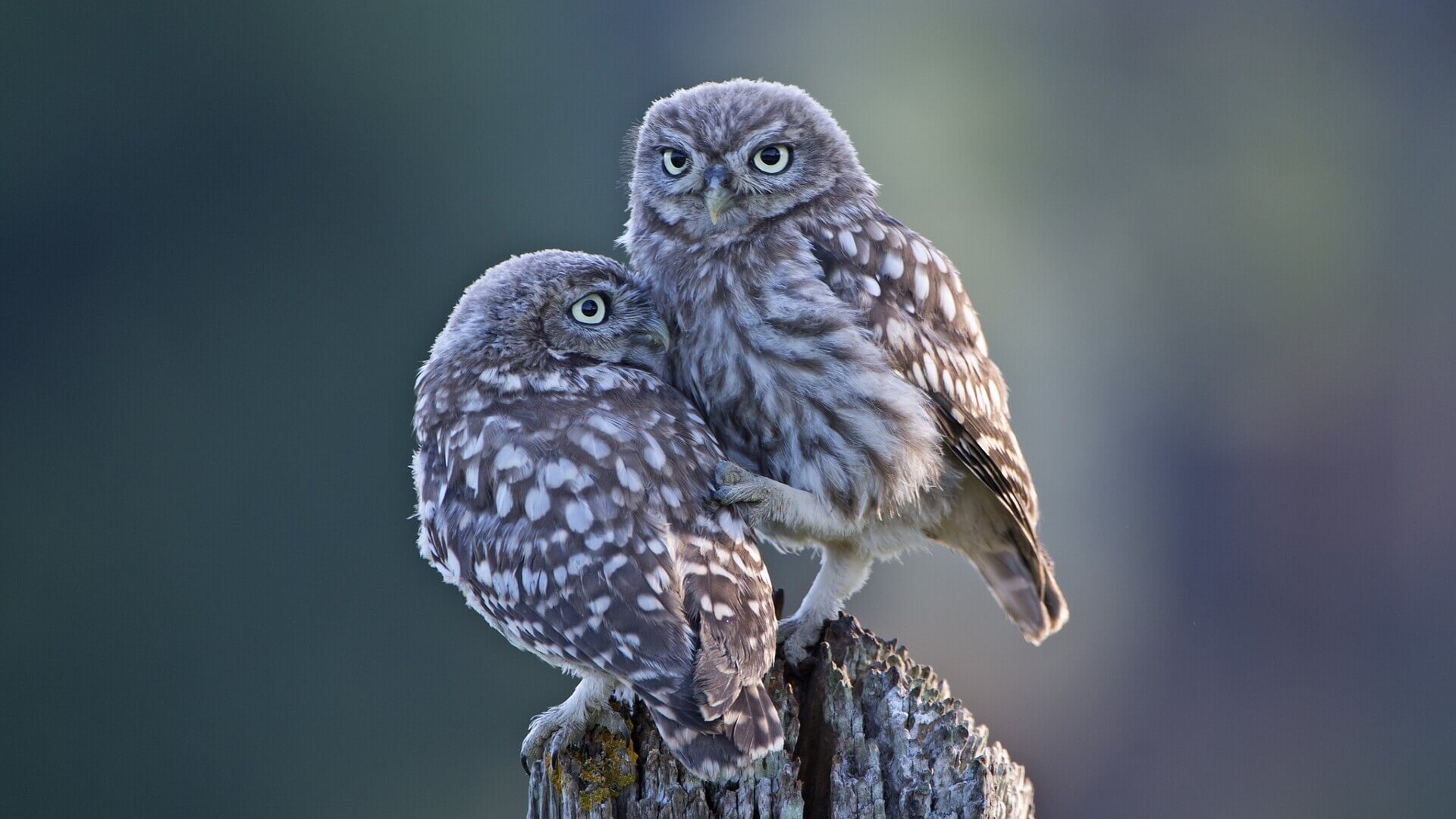
The beautiful and graceful bird owls are familiar to many since early childhood from cartoons and fairy tales, and for some to this day it remains a symbol of wisdom and knowledge. In reality, the behavior of an owl in nature is very calm - most of the time it sleeps, and at night it hunts and shows activity.
It prefers to sit on a branch for a long time, staring at one point - such behavior reminds many of the manners of a wise old man immersed in meditation... So the owl is considered wise not because the bird has any characteristic traits or intelligence, but because of its behavior.
Interestingly, the owl is the only bird whose head does not resemble a bird's head at all, but rather resembles a human face, and a rather intelligent one at that.
If you love birds and are interested in learning something new about them, adding new facts to your knowledge bank, be sure to pay attention to our article about owls.
Here are the 10 interesting facts about owls
1. The only birds whose outer ear consists of folds of skin
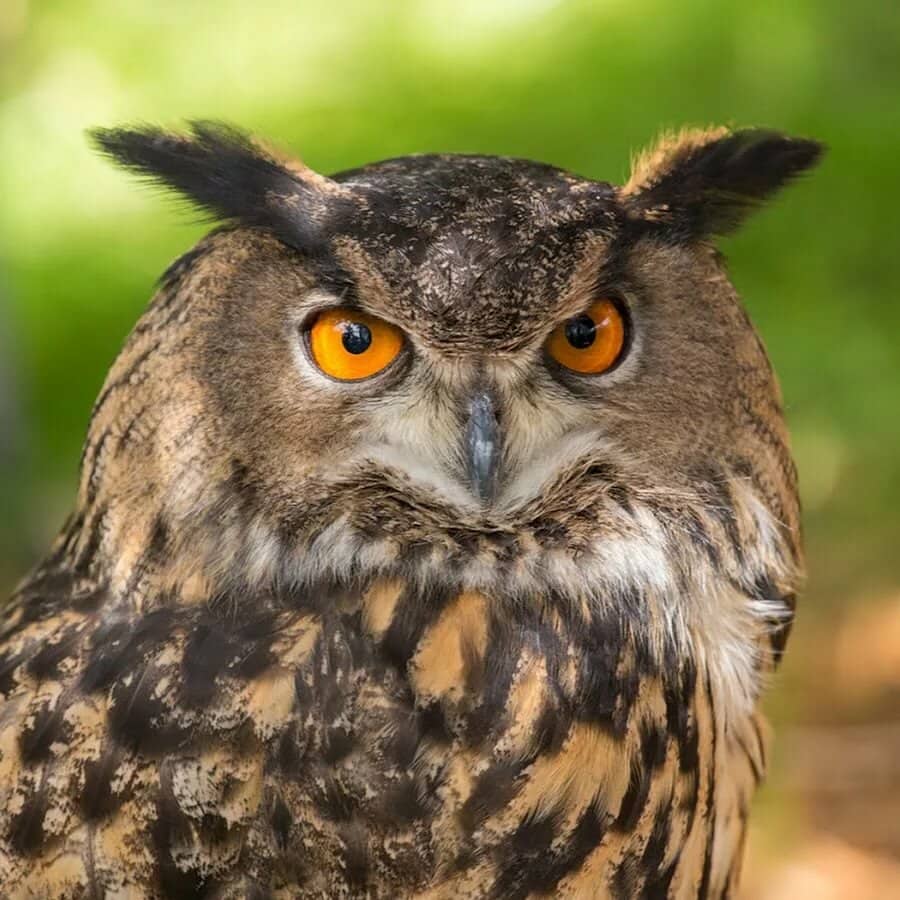
Owls are the only birds whose external ears consist of folds of skin and are surrounded by radiating feathers. The ears are slightly asymmetrical, and it is thanks to this that owls can accurately determine the source of a sound.
You might be surprised, but if you look into an owl's ears, you can see the "mirror of its soul" - its unusual eyes from the other side! Like all birds, owls do not have external ear structures. They appear as openings in the skull, tightly covered with feathers.
2. Not all owls are prone to migration
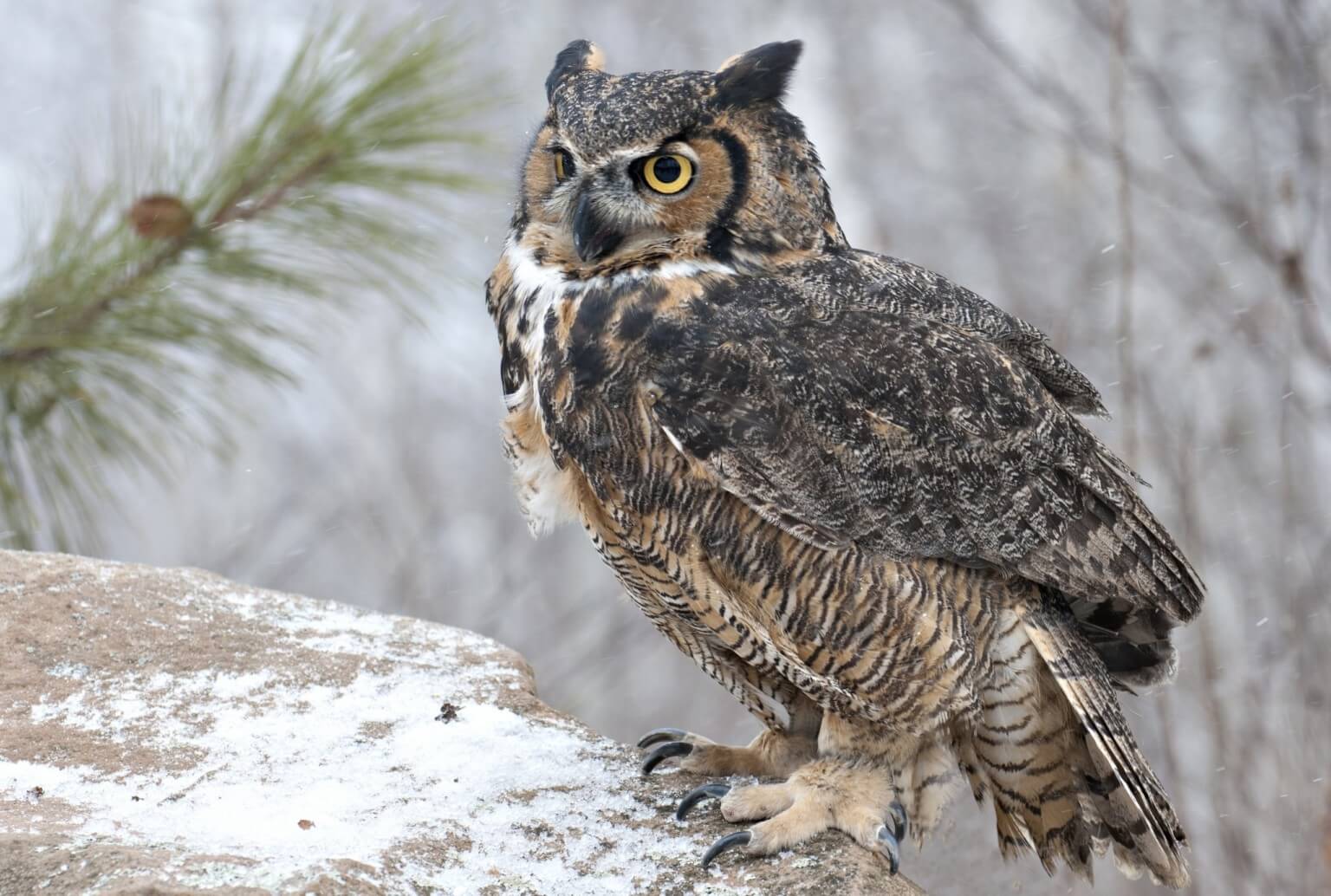
Winter is a difficult time for animals and birds. Birds, especially owls, have a particularly hard time during this season. Those who do not migrate have to use all their agility and skills. It is especially difficult for our owls to find food: the tawny owl, the eagle owl, and the long-eared owl. The main difficulty for them is the snow cover, as it hinders the hunting of rodents.
In the northern part of the range, ear-tufted owls are common, which migrate long distances - in some areas, a very high number of migratory birds is observed.
Snowy owls fly westward to the mountains, while birds in the middle part of India winter at home - in tree hollows. They usually stay in their habitats, but choose different places for nesting.
3. Turning owl's head 360 degrees is a myth

As you already know from point 1, an owl cannot move its eyes due to the structure of its eyes, so it has to turn its head. However, the myth that an owl can turn its head 360 degrees is false.
But, undoubtedly, nature has endowed these charming birds with the ability to turn their heads 270 degrees without harming themselves. This can be considered compensation for the immobility of their eyeballs and the placement of their eyes. By turning its head, an owl is able to not lose sight of its prey.
4. Fish owls are on the verge of extinction
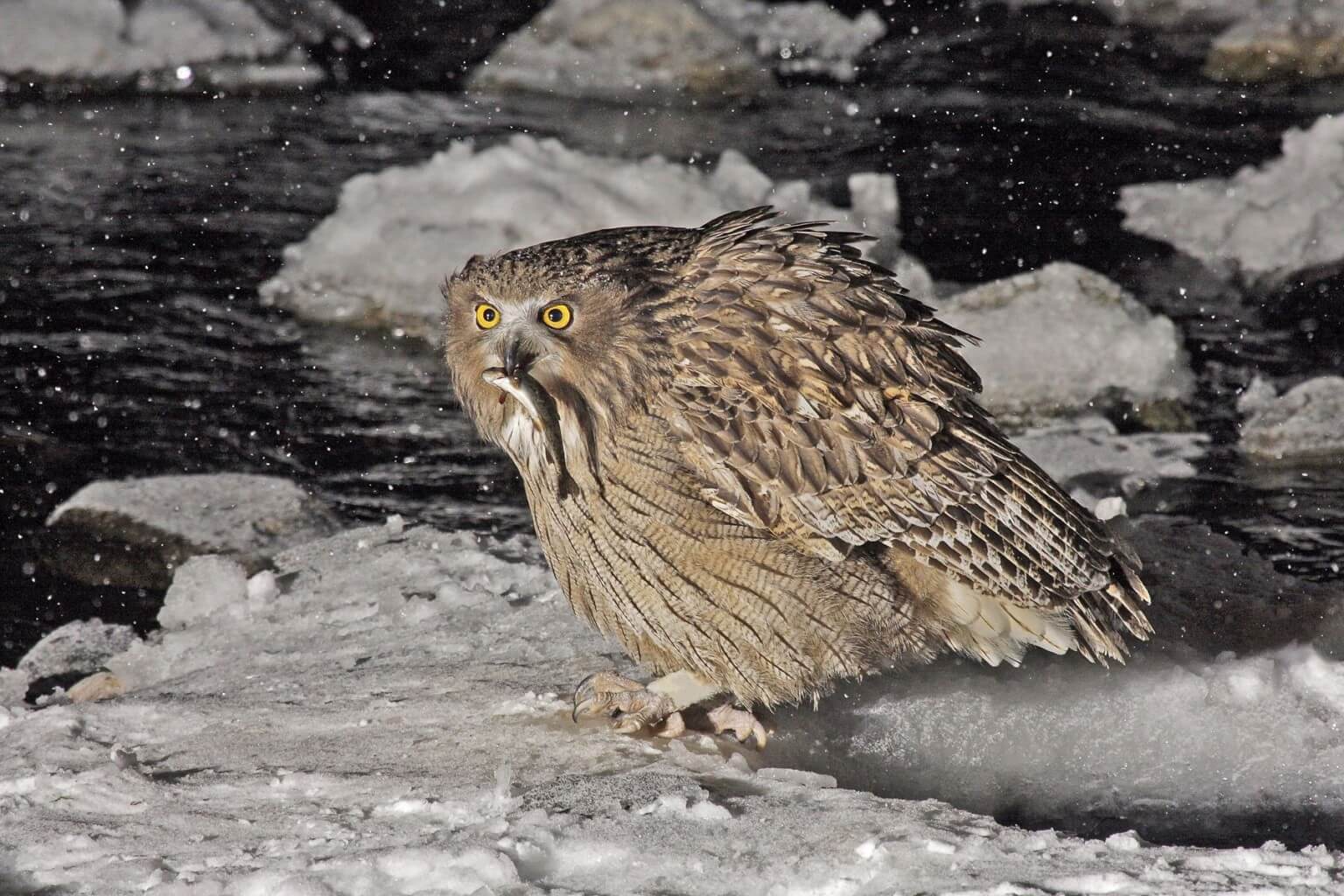
The fish owl is a bird that withstands the cold. Among the abundance of birds, this endangered species stands out, but encountering it is extremely rare!
This species is listed in the Red Book, the number of fish owls is very small, and they are on the verge of extinction. It is distinguished from the common owl by its ears - they are covered with down and are large. Despite the fact that these two species are very similar, they do not like to interact.
Mostly, this species inhabits the north of China, Korea, and Japan. It prefers densely forested areas with rivers rich in wildlife, where it feeds. The fish owl has remarkable eyes - yellow, bright, and equipped with almost eagle-like vision!
5. Barn owls rely only on hearing when hunting
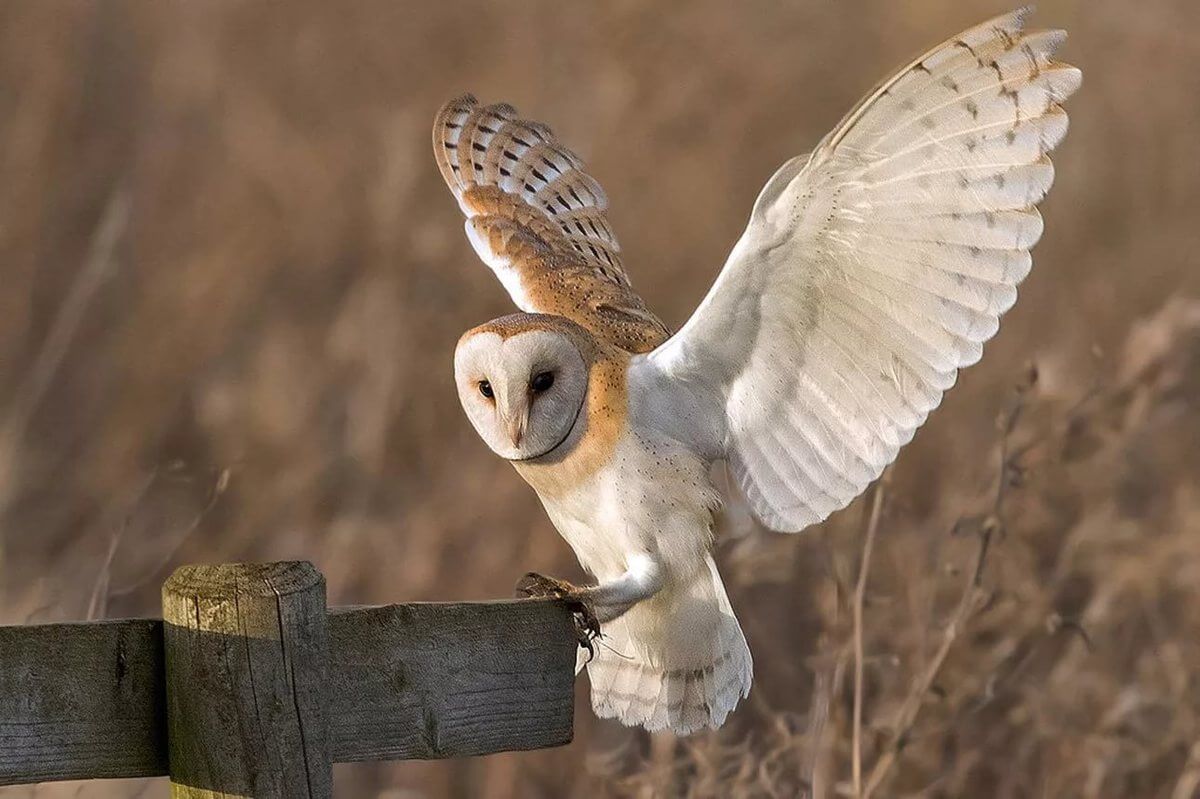
Barn owls, like most nocturnal birds, have excellent night vision, but when hunting, they rely more on their sharp hearing, which, as an experiment has shown, is four times better than the auditory abilities of other animals.
Thanks to this feature, achieved by the structure of their ears, in which they are located at different levels asymmetrically, owls can hunt in pitch darkness.
Barn owls are very sensitive and, when a loud sound occurs, they cover their ear openings with plugs made of small feathers.
6. Females are larger and more aggressive than males
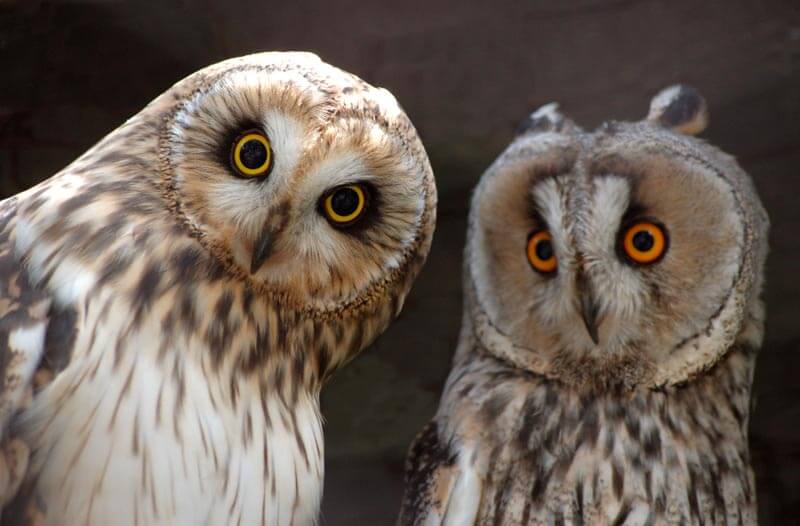
Most species of owls have females that are larger in size and brighter in coloration than males. Additionally, females tend to behave more aggressively than males, although the reason for this is unclear. It is possible that females are more aggressive due to their protective instincts towards their offspring, including aggression towards other females.
Adult female owls are approximately 20-25% heavier than males. Interestingly, males engage in elaborate courtship displays, performing exaggerated undulating flight patterns above females on the ground in order to attract them.
7. Eurasian eagle-owl is the largest representative
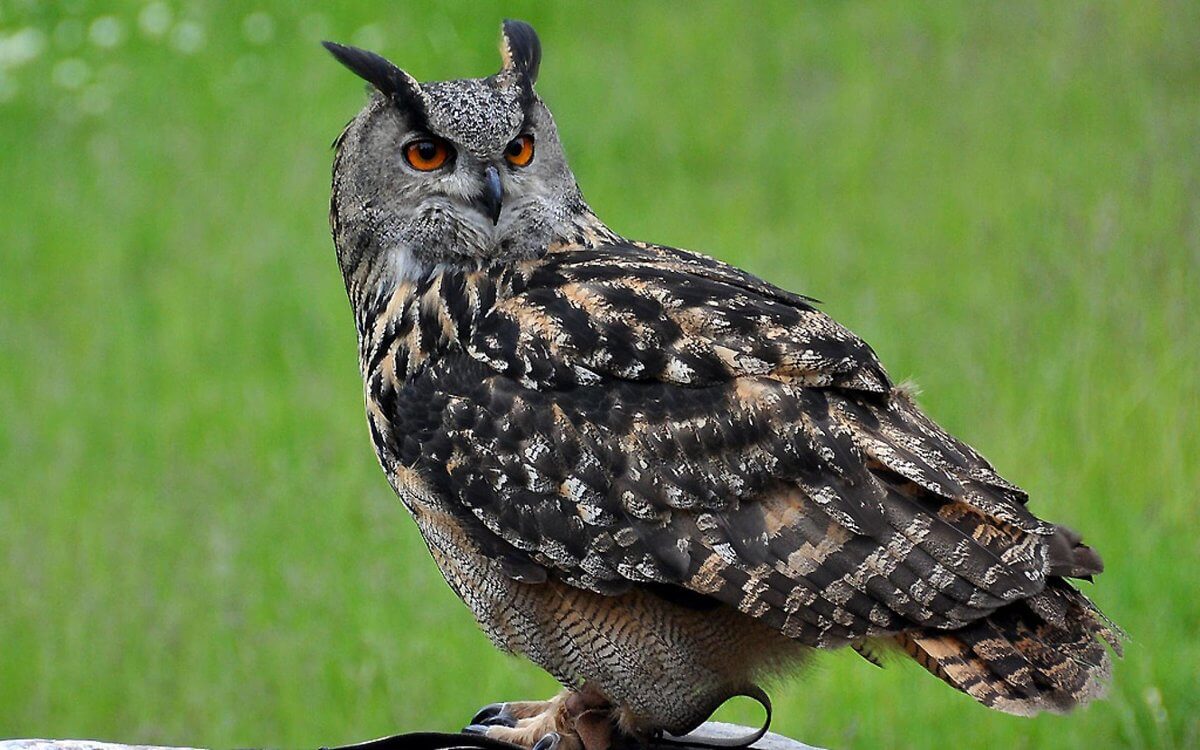
Experts call the Eurasian eagle owl the largest representative of owls: the size of the bird's body sometimes reaches 75 cm, and the wingspan can reach 2 meters. The bird is practically impossible to see when it quietly sits on a tree.
It can live in all regions except the tundra, but it prefers forested areas. There are very few of these beautiful owls left in nature, the species has long been listed in the Red Book. The population of the Eurasian eagle owl is declining due to the destruction of its permanent habitat - forests.
8. They try to hide from prying eyes
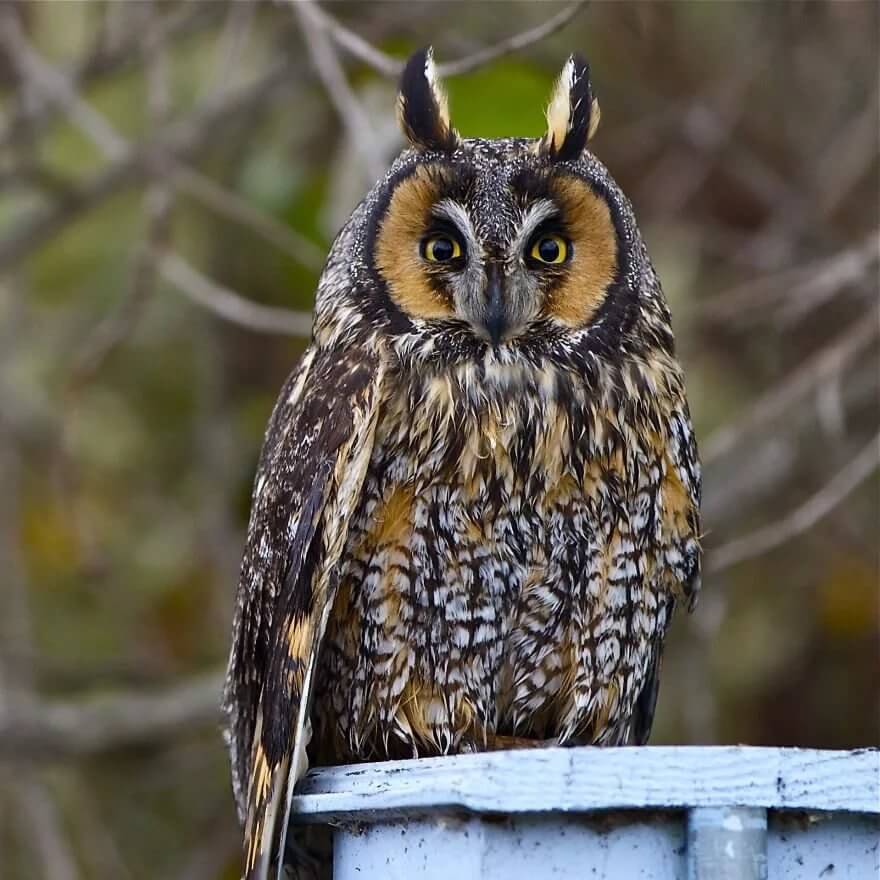
The owl is interested in observing passersby... You can hear its enchanting sound, evoking fairy-tale images in the imagination, but it will not appear. For the owl, humans are stressful.
Of course, after the fantasy movie "Harry Potter" (the young wizard has an owl in the movie), many people want to get closer to this mythical character of our planet, however, owls avoid dangerous areas for their life. It should not be forgotten that an owl is a predatory bird, so it is better not to disturb it when encountering one.
For reference: an owl never allows anyone to approach it, moreover, if caught forcibly, it can bite.
9. Different species have different activity patterns
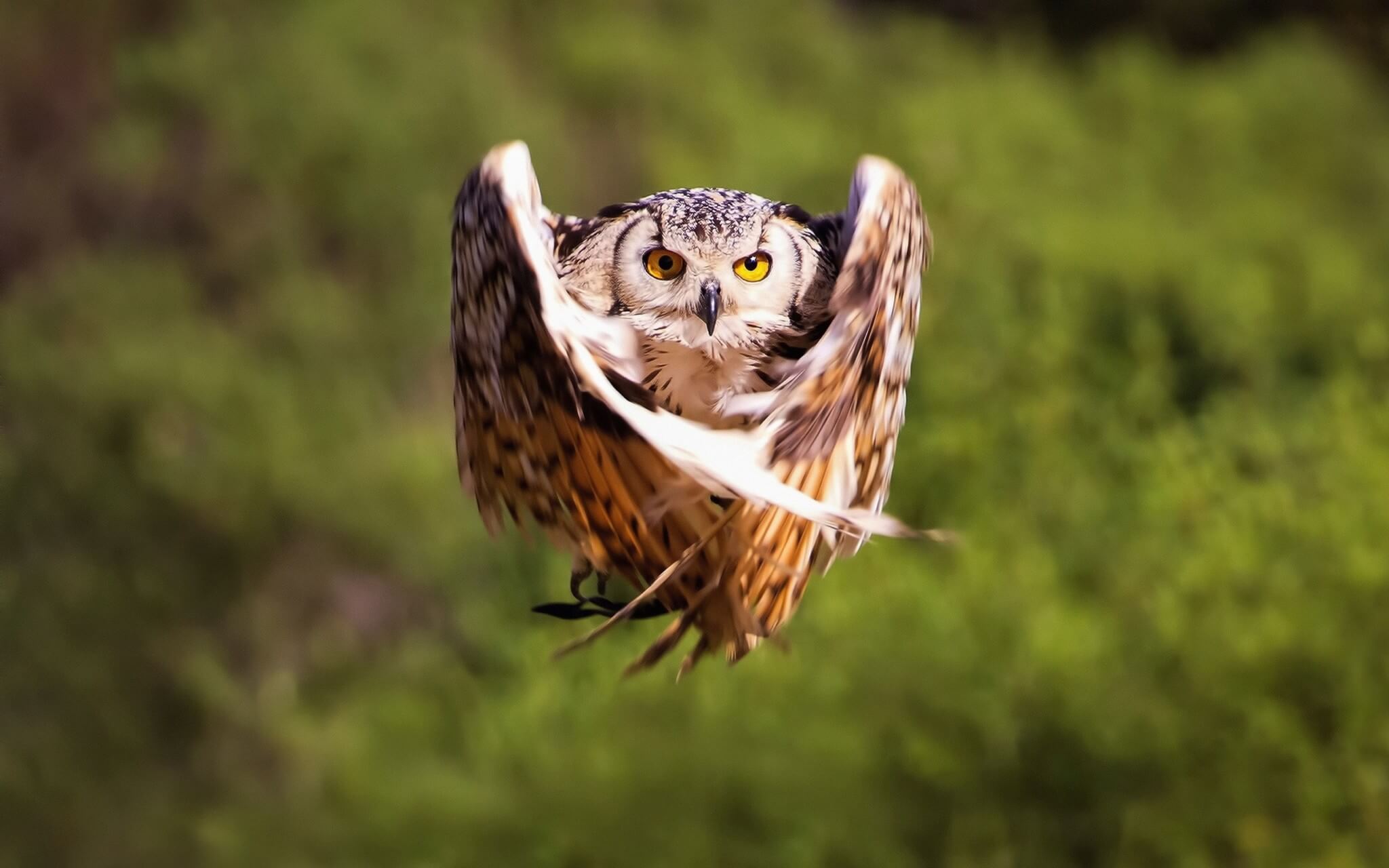
Most of us are used to thinking that owls are active only at night, however, different species of this bird have different hours of activity. The cave owl is widespread in North and South America and is active during the day.
The hawk owl is a species separate from other owls and hunts during the day, preferring early morning or evening for hunting.
The snowy owl has a snowy color with brown speckles and is found in the Arctic and Subarctic regions. This beauty is not strictly a nocturnal bird, but mainly hunts in the evening or early morning, sometimes doing it in flight.
10. Owls don't have eyeballs, but they do have 3 eyelids
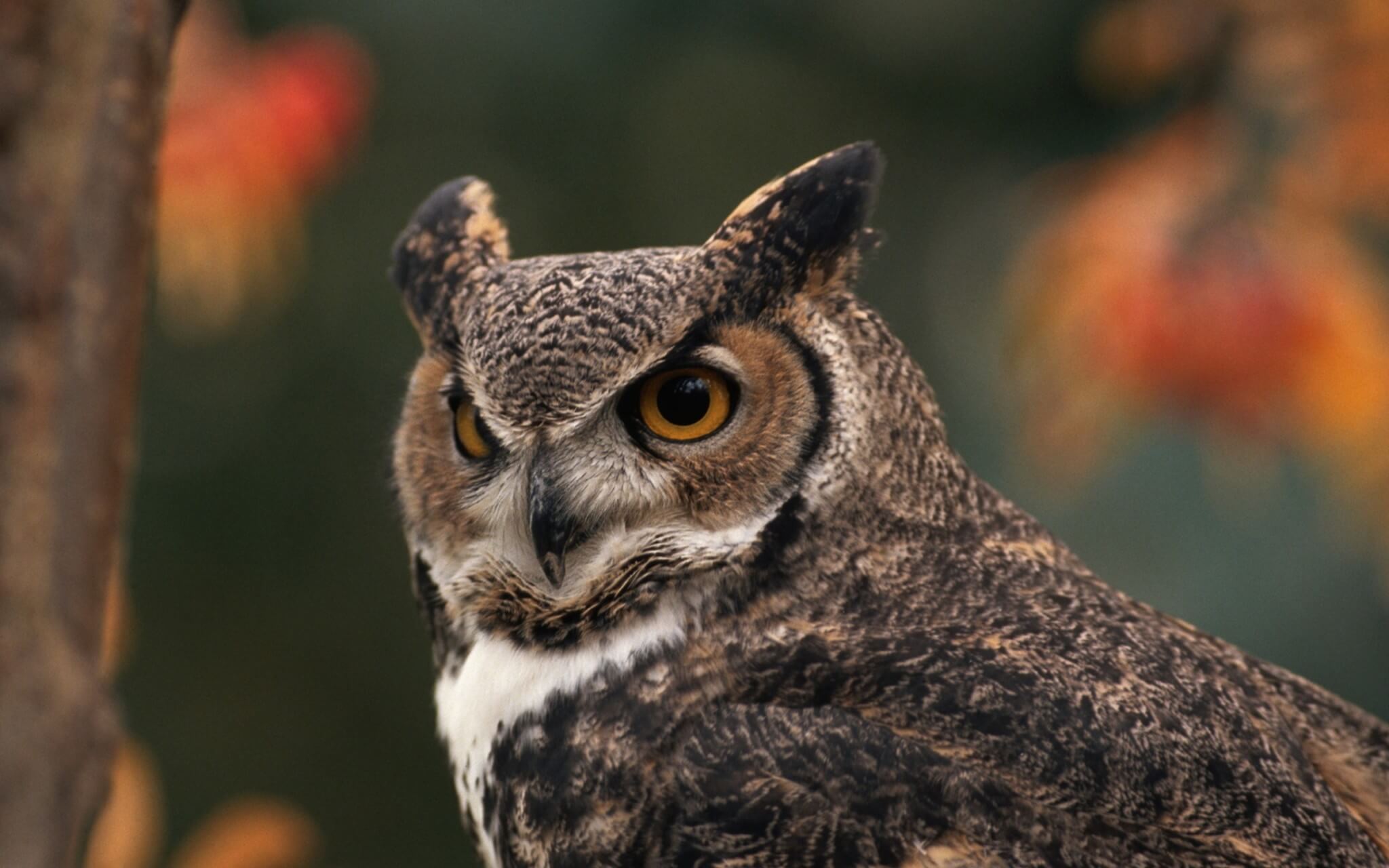
Perhaps this fact will surprise you, but owls do not have eyeballs (or rather, they have a different structure). It would be more correct to call them visual organs eye tubes. The bird's eye is not round, but elongated.
Owl eyeballs are immobile, which allows them to accurately determine the distance to an object (usually prey). Since birds cannot move them, they turn their heads.
In addition, owls have 3 eyelids, each of which performs its own function: one is intended for blinking, the other for maintaining cleanliness, and the third is for relaxation - sleep.





